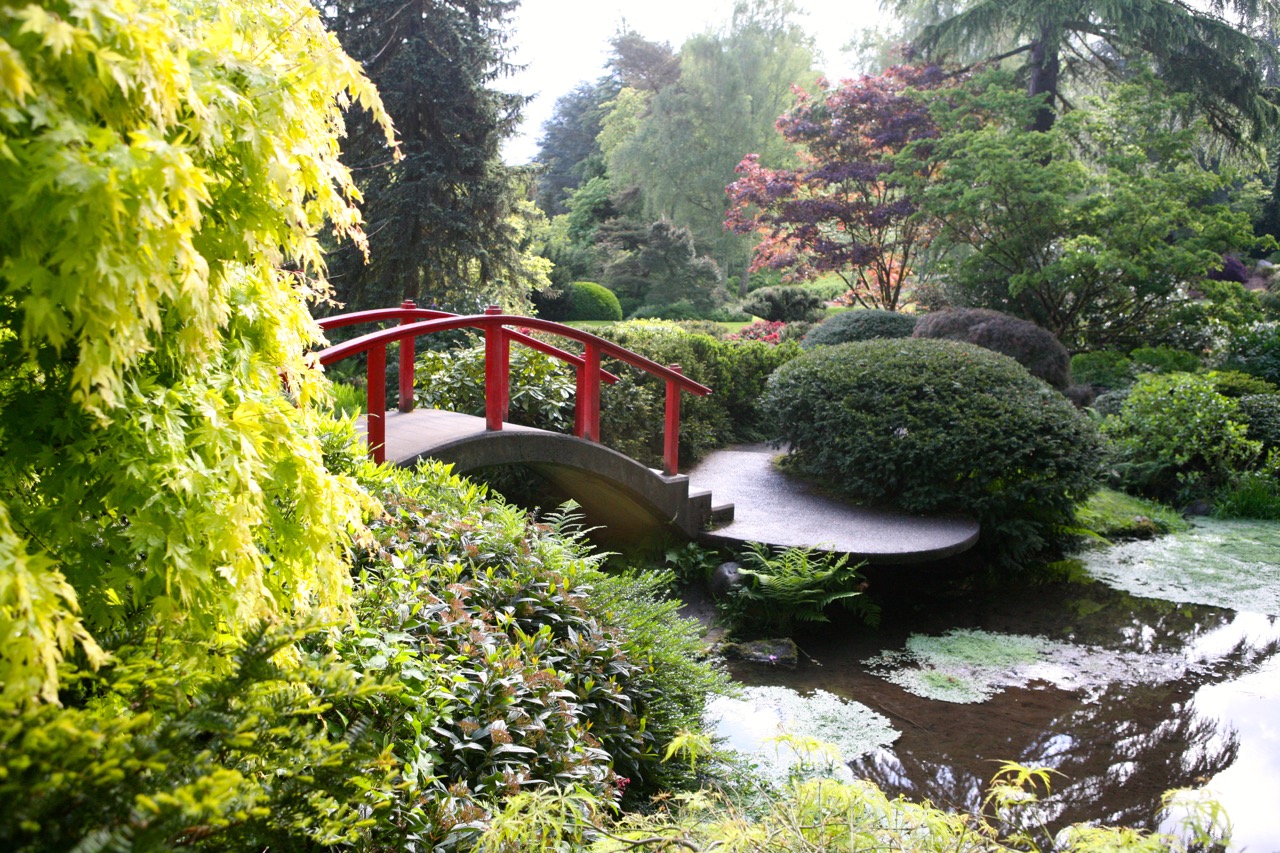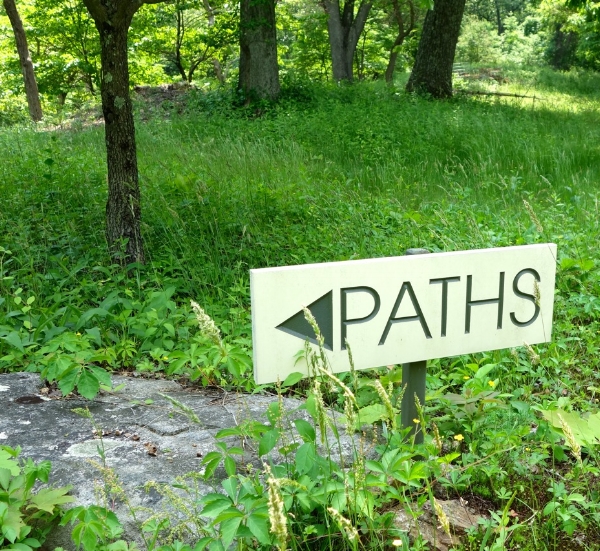
This rock garden represents islands in a sea. Large rocks are typically placed in 3's to represent the Buddhist trinity of heaven, earth, and man.
Japanese garden design continues the Chinese tradition of idealizing nature with a focus on balance and harmony. After all Buddhist monks brought garden techniques from China to Korea to Japan. More similar than different, Japanese gardens became more distinct when Japan sought to differentiate itself from China in the middle ages. Key elements of the Japanese garden are outlined in the 11th century garden book Sakuteiki. Look for landcape "portraits" with lakes, islands, and clipped trees; minimalist Zen gardens of raked stone; tea ceremony spaces. Thanks to Japanese immigrants who created traditional gardens around the world, Japanese style gardens are among the most popular and well known styles.
Check out the posts below for other examples of gardens inspired by the Japanese style.










